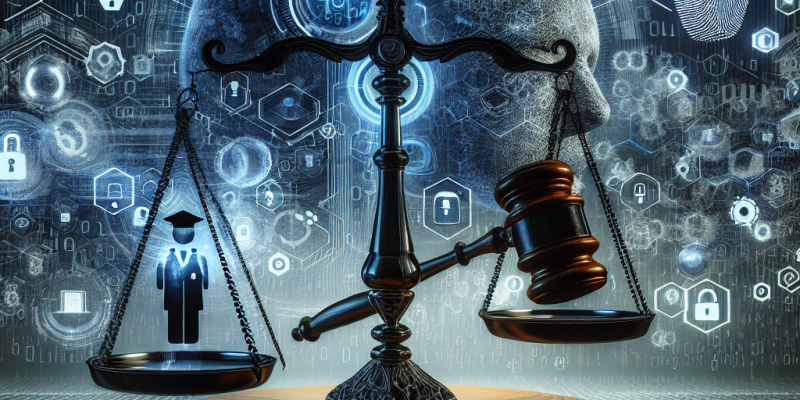Cybersecurity and Privacy: Balancing Protection and Compliance in 2025

Cybersecurity and Privacy: Balancing Protection and Compliance in 2025
In 2025, the world of cybersecurity has become increasingly complex. As technology evolves, so do the threats we face. Businesses and individuals are constantly trying to protect their data while also following laws and regulations aimed at privacy. Finding the right balance between cybersecurity and compliance is crucial for success today.
The Current Cybersecurity Landscape
In 2025, cyberattacks have become more sophisticated. Hackers are using advanced techniques like artificial intelligence to bypass traditional security measures. Ransomware attacks, where data is held hostage for money, are still a major threat, affecting companies of all sizes. This increase in attacks has made organizations invest more in their cybersecurity strategies.
Moreover, data breaches can lead to severe financial and reputational damage. As a result, cybersecurity is no longer just an IT issue; it has become a top priority for senior management and boards of directors.
New Regulations and Compliance Challenges
Alongside the rise in cyber threats, governments worldwide are implementing stricter regulations on data protection. Laws like the General Data Protection Regulation (GDPR) in Europe and the California Consumer Privacy Act (CCPA) in the U.S. have set high standards for how companies handle personal information. As of 2025, many other countries have introduced similar laws, creating a complex web of regulations that organizations must navigate.
Companies now face the challenge of not only protecting their data but also ensuring they comply with these regulations. Failing to do so can result in hefty fines and legal consequences. This situation requires businesses to dedicate resources to both cybersecurity and compliance efforts.
The Role of Technology
Technology plays a vital role in helping organizations achieve this balance. Many businesses are turning to automation and machine learning to enhance their security systems. These tools can analyze vast amounts of data to detect unusual patterns that might indicate a cyber threat. Furthermore, encryption technologies ensure that sensitive information remains secure, even if a breach occurs.
Privacy-enhancing technologies (PETs) are also gaining traction. These tools help organizations collect and process data while minimizing privacy risks. By implementing PETs, businesses can better align their cybersecurity strategies with compliance requirements, reassuring customers that their data is safe.
Employee Training and Awareness
Another key component in balancing cybersecurity and compliance is employee training. Human error is often the weakest link in cybersecurity. In 2025, organizations recognize the importance of educating their staff about potential threats. Regular training sessions on recognizing phishing attempts and proper data handling practices can greatly reduce the risk of breaches.
Creating a culture of security awareness not only helps protect against attacks but also promotes a compliance mindset among employees. When staff understands the importance of data protection, they are more likely to follow protocols, reducing the likelihood of accidental breaches.
Future Outlook
Looking ahead, the landscape of cybersecurity and privacy will continue to evolve. As technology advances, so will the tactics employed by cybercriminals. Organizations must stay vigilant and adapt their strategies accordingly. Collaboration between private and public sectors will also be essential in combating cyber threats and shaping future regulations.
In conclusion, the balance between cybersecurity and compliance in 2025 is a complex yet necessary endeavor for all organizations. By investing in technology, fostering a culture of security awareness, and staying informed about regulations, businesses can better protect their data while meeting compliance standards. The journey may be challenging, but with the right strategies in place, organizations can thrive in an increasingly digital world.














